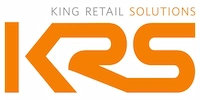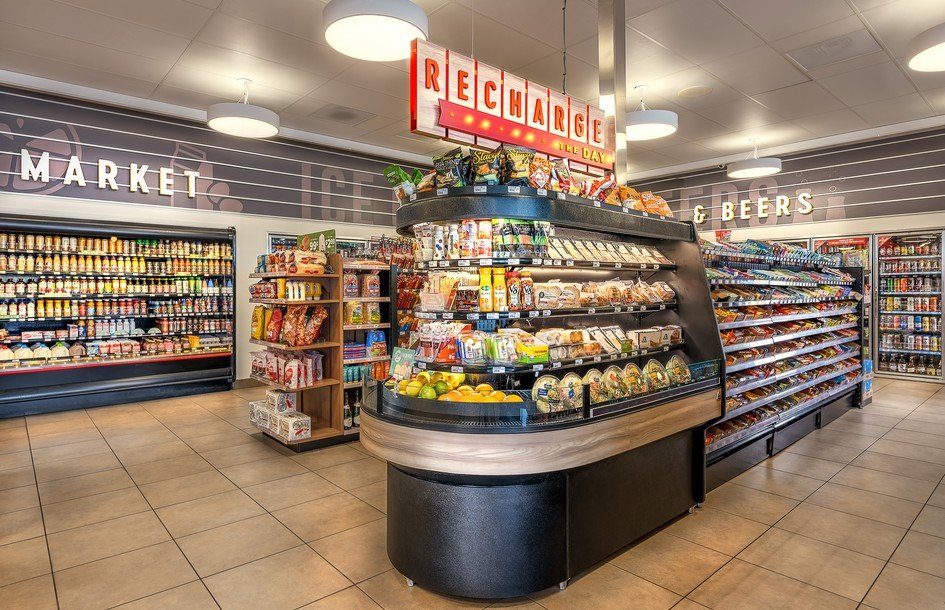
Table of Contents
In the bustling and ever-evolving landscape of retail, understanding and implementing effective store planning strategies is key to capturing the attention and loyalty of customers. Successful store planning is a strategic fusion of design, layout, and organizational prowess.
Think of it as a symphony of elements working in harmony to guide shoppers, evoke emotions, and inspire purchasing decisions. From the strategic placement of products to the seamless flow throughout the store, every aspect of store planning is meticulously crafted to leave an indelible impression on customers. This approach orchestrates an environment conducive to customer engagement, sales maximization, and brand loyalty cultivation.
Here are the top seven strategic elements of store planning that help create a positive, engaging, and convenient shopping environment:
1. Optimal Store Layout and Design
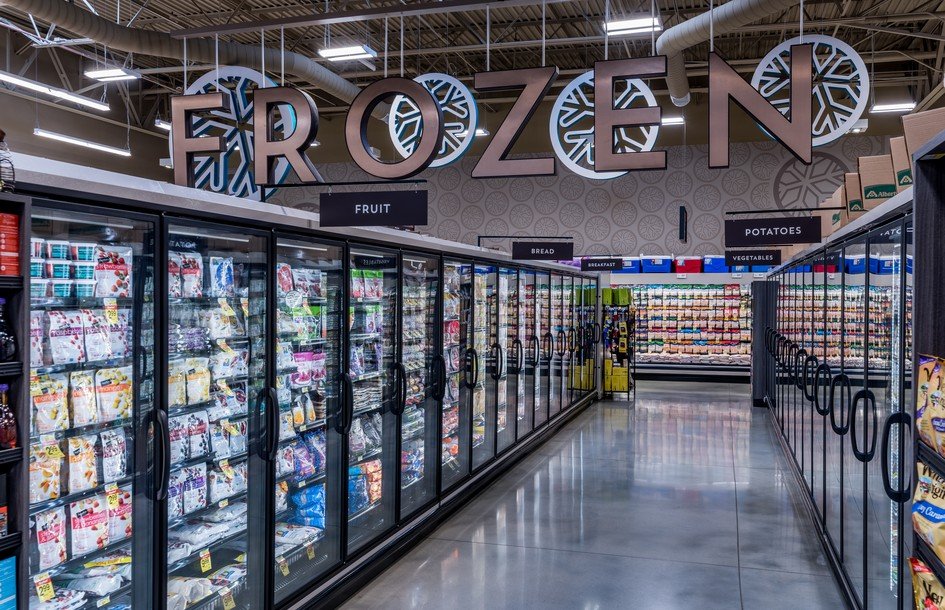
If customers cannot find what they need or become confused while shopping, they may experience frustration, negatively impacting their perception of the brand. Focus on these critical areas to facilitate easy navigation and enhance the overall shopping experience.
- Logical Flow
Design a layout that guides customers naturally through the store, making it easy to navigate from one section to another. - Enhanced Navigation
A well-designed store layout doesn’t just guide; it entices exploration. Utilizing strategic layouts, such as grid, loop, or free-form designs, caters to different store sizes and customer behaviors, enhancing navigation and dwell time. - Clear Signage
Use visible, clear signage for different departments, promotions, and product categories, aiding customers in finding what they need quickly. Embracing industry insights on grocery store signage trends, such as those highlighted in the KRS article regarding effective signage strategies, can significantly impact customer engagement and satisfaction in retail environments. - Customization for Segments
Segmenting the store layout based on product categories or customer demographics optimizes the shopping experience. By creating distinct zones for different customer needs, retailers cater to varied preferences, improving customer satisfaction and sales potential. Aesthetics
Create an ambiance that aligns with the brand identity and resonates with the target audience, using lighting, colors, and overall design to evoke positive emotions.
Step into the practical world of store design in our specialized sections on convenience and grocery stores.
The Convenience Store strategy focuses on crafting effective layouts for small spaces and grab-and-go customers. The Grocery Store strategy provides a roadmap for enhancing larger store spaces, aiming for an enjoyable and streamlined customer journey.
Each section is filled with real-life examples, guiding you to bring these strategies to life in your store. Ready to see how these ideas can be implemented? Click the buttons to begin applying these concepts to your business.
For convenience stores, the Logical Flow should facilitate quick and efficient shopping trips. This can be achieved by positioning high-demand items like beverages and snacks in the front, while non-urgent items can be found towards the back. The checkout counter should be easily accessible, with impulse buy items strategically placed along the path to purchase.
The Enhanced Navigation aspect for convenience stores could incorporate a loop design that leads customers past seasonal offers and promotional items, maximizing exposure and potential sales without confusing layouts that might lead to frustration. Strategic signage placement can direct to hot deals or new products without detouring the customer from their intended path.
Clear Signage in convenience stores is crucial due to the limited space and typically high merchandise turnover. Simple, bold signs above aisles can help customers quickly locate product categories. At the same time, promotional signage should be eye-catching but not overwhelming, ensuring customers can find daily essentials without unnecessary delays.
Customization for Segments in convenience stores means grouping related items– like morning staples such as coffee, pastries, and newspapers near the entrance for the morning rush. For evening shoppers, easy-to-grab dinner options might be highlighted.
The Aesthetics of a convenience store should be inviting yet functional, with bright lighting to enhance the visibility of products and clean, brand-aligned color schemes that create a pleasant shopping atmosphere, encouraging quick but satisfying shopping experiences.
For grocery stores, Logical Flow would involve a more comprehensive layout, typically starting with produce to impart a fresh, inviting feel. Staples like dairy and bakery might be located at the store’s periphery to ensure customers traverse multiple aisles, potentially increasing basket size.
Enhanced Navigation in grocery stores might use a grid layout for easier understanding, with particular attention to aisle width to accommodate more shoppers and their carts. Loops can be integrated within larger departments like health and beauty to facilitate exploration and discovery.
Clear Signage in grocery stores takes on greater importance due to the more significant number of products and departments. Overhead signs should be easily readable from the end of aisles, and wayfinding signs can help navigate through sub-departments within larger sections like organic foods or international cuisine.
Customization for Segments in grocery stores can see specialized zones such as gluten-free or local produce sections catering to specific dietary needs or preferences. This enhances the customer experience and showcases the store’s variety and commitment to cater to diverse consumer needs.
Lastly, the Aesthetics in a grocery store should promote a comfortable shopping experience, with softer lighting in the bakery or deli to create a market-like atmosphere and brighter lights in the produce section to enhance the natural colors of fruits and vegetables, stimulating a sensory connection with the food.
2. Product Visibility and Accessibility
- Strategic Placement
Highlight popular and high-margin products at eye level or within easy reach to attract attention and encourage purchases. - Merchandising Psychology
Utilizing psychological cues such as color psychology, sensory marketing, or focal points within displays maximizes product visibility and captivates customer attention, leading to increased sales and brand recall. - Well-Organized Displays
Arrange products neatly with ample spacing, making it convenient for customers to browse and compare items. - Seasonal Product Displays
Rotating displays to showcase seasonal or trendy products at prominent locations keeps the store fresh and encourages repeat visits. Utilizing these displays strategically can boost impulse purchases and capitalize on changing consumer preferences.
3. Convenience and Comfort
- Aisle Width and Accessibility
When considering aisle width and accessibility, it’s vital to address the needs of customers who use wheelchairs or have other mobility requirements. Aisles should be wide enough not only for shopping carts and strollers but also to allow a wheelchair to pass through comfortably without encountering obstacles. This means considering the turning radius and maneuverability of mobility aids, as well as ensuring that shelves and displays are set at appropriate heights for accessibility.
Accessibility Beyond the Aisles
Beyond wide aisles, accessibility includes providing clear signage, having non-slip floors, and ensuring that there are no protruding objects that could be hazardous. It’s also essential to have staff trained to assist customers with disabilities, whether helping them reach items, navigate the store, or providing information about products.
Creating an inclusive environment goes beyond just the physical layout; it encompasses a mindset of service and facilitation to ensure all customers, regardless of ability, have equal access to the goods and services offered. This may also involve having adaptive technologies or services, such as hearing loops at counters for those with hearing impairments or providing assistance for those with visual impairments.
The goal is to make shopping a stress-free and positive experience for all customers.
- In-Store Amenities
Introducing comfortable seating areas or dedicated resting spots within the store acknowledges customer comfort. Providing amenities like charging stations or refreshment areas enhances the overall shopping experience, encouraging customers to spend more time exploring the store. - Accessible Information Points
Implementing information kiosks or digital touchpoints at convenient locations enables customers to easily access product details, prices, and promotions. This technology-driven convenience streamlines the shopping journey, fostering positive perceptions of the store.
4. Interactive and Engaging Elements
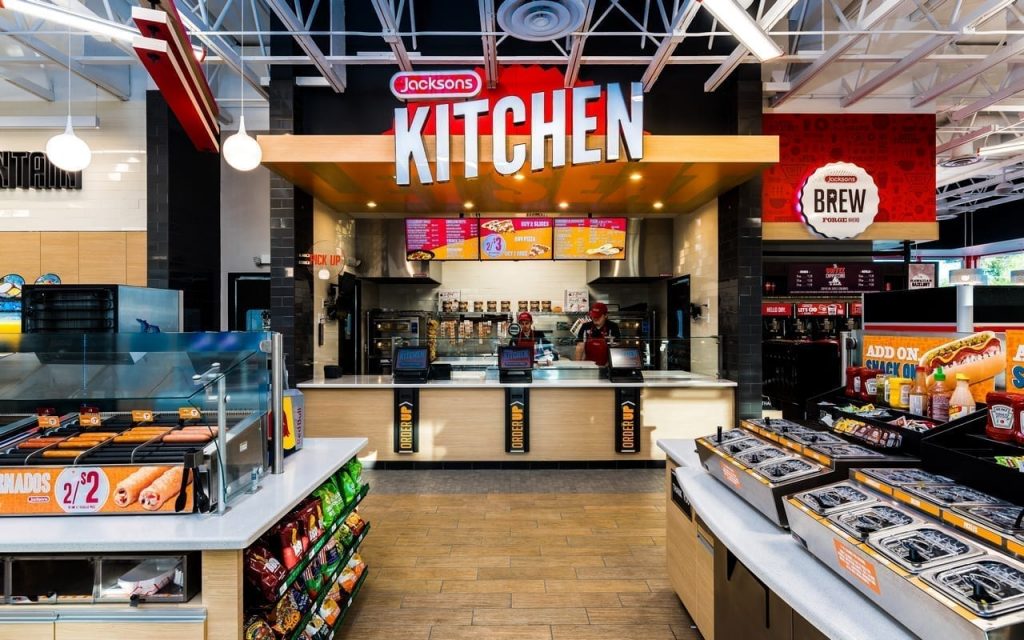
- Interactive Displays
Interactive displays provide a dynamic shopping experience. Digital touchscreen menus in eateries, like the ones implemented by King Retail Solutions for Jacksons Food Stores’ Kitchen, provide customers with convenient and engaging self-service options for placing orders and exploring available offerings. Product customization stations in retail outlets enable shoppers to visualize different colors and styles or design their unique items. Virtual try-on solutions use augmented reality in fashion stores, allowing customers to instantly see themselves in various outfits. The options are ever expanding – and increasingly expected by customers. - Product Demonstrations
Research and case studies consistently show that live product demonstrations and sampling are effective strategies for engaging customers, increasing sales, improving brand perception, and fostering customer loyalty. They also provide valuable insights into customer preferences and help brands refine their offerings.

A recent study from Retail TouchPoints shows that not only does in-store sampling increase sales and repeat purchases, but it also increases the average shopping basket size. In-store sampling is cost-effective because it delivers results for many weeks after the event.
- Gamification Techniques
Integrating gamification elements, like loyalty program points or interactive games, engages customers and encourages return visits, fostering a sense of enjoyment and connection with the brand.
5. Specialized Zones and Services
- Impulse Purchase Zones
Place small, enticing displays near checkouts or high-traffic areas to encourage last-minute purchases. - Service Counters
Offer easily accessible service counters with knowledgeable staff to assist customers with inquiries or product demonstrations. Service counters, such as those designed for 99 Ranch Market by KRS, offer easily accessible assistance, fostering customer engagement and personalized service experiences.
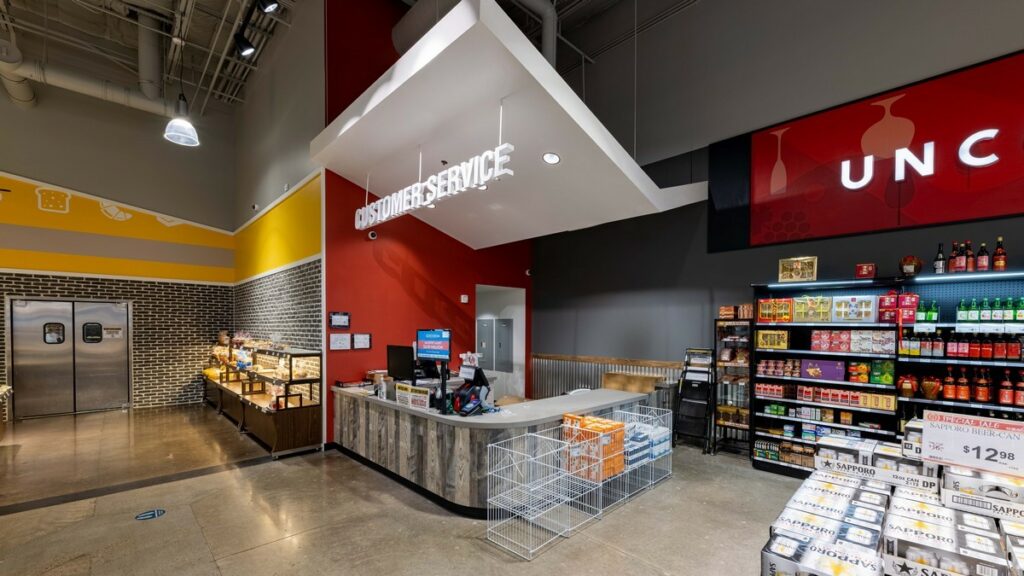
6. Customer-Focused Staffing
- Adequate Staffing
Ensure adequate staffing during peak hours to provide assistance and maintain a positive shopping atmosphere. This approach will enable effective customer support and ensure an enjoyable experience in the store. - Training
Train staff to be knowledgeable about products and provide exceptional customer service. - Digital Assistance
Incorporating digital assistance tools like mobile apps or in-store tablets equips staff with real-time product information, enabling them to assist customers more efficiently and effectively.
7. Adaptability and Feedback
- Agile Store Design
Implementing modular or flexible store layouts allows for quick adaptation to changing market trends or seasonal demands. The ability to reconfigure the store layout efficiently keeps the shopping experience fresh and relevant. - Feedback Channels
Encourage feedback through surveys or feedback boxes to understand customer needs and preferences, allowing for adjustments to improve the shopping experience. - Adapt to Trends
Stay updated with evolving consumer trends and adapt store layouts or offerings accordingly.
In Summary
By embracing strategic layouts, innovative technologies, and customer-centric approaches, retailers can craft immersive experiences that transcend mere transactions, fostering lasting connections with consumers. As the retail landscape continues to evolve, implementing these insights and strategies empowers businesses to meet and exceed modern shoppers’ expectations, ensuring sustained success and growth in the ever-changing market.
